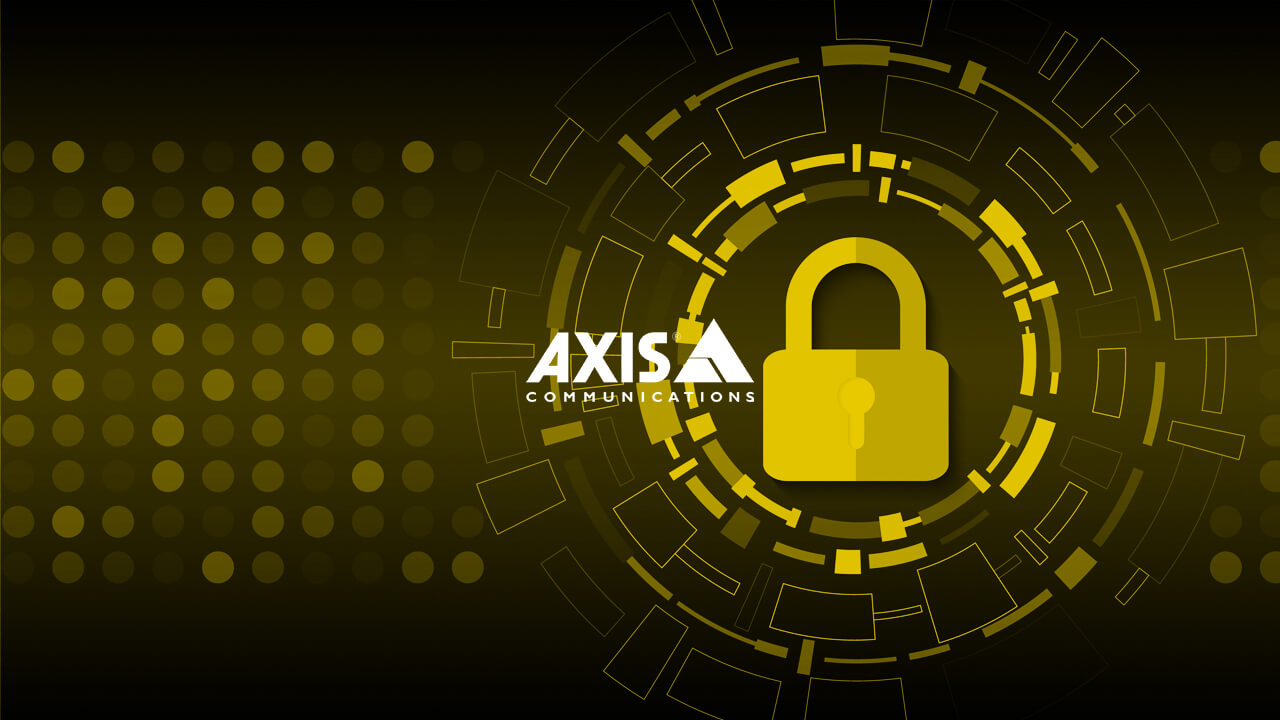Locking the door is the initial rule for a secure home. However, once it involves cybersecurity, you will be leaving your system’s entrance open to malicious users.
Over the last decade, the importance of data – and what can be done with it – has led to a brand new breed of cybercriminals. no longer are they trying to extort huge multinationals for money –now each company in possession of data, from a consumer database to plans for a brand new product in development, could be a target for hackers. Therefore, cybersecurity is currently a high priority for businesses large and small.
Vulnerability is something no system will escape and when adding additional devices to your network, you’re adding additional points of entry that may be exploited. The irony is that, while you may be adding additional cameras to guard your premises, if they’re not maintained and safeguarded against cyberattacks, they may be adding to your risk of getting your network compromised.
New vulnerabilities are discovered often, however, whether or not they pose a crucial risk depends on 2 factors: first the likelihood that vulnerability may be simply exploited, second the impact that its exploitation may have on the remainder of the system. just like the lock on your front door, the more durable a vulnerability is to break, the less it poses a risk.
This doesn’t mean there’s a one-size-fits-all solution. each business’s needs are going to be completely different as they’ll have different areas of risk and potential “points of entry”. the reality is no system is immune from being breached if a determined hacker has enough time and resources accessible. Similarly, not managing internal access to a system will leave it receptive to being compromised. it’s necessary that you simply think about each internal and external threat once developing your cybersecurity setup.
Key Considerations for Network Security
1.) Passwords
There’s a reason why passwords are referred to as “keys”. they’re your initial line of defense, therefore you would like to make sure they’re resilient, oftentimes changed which they’re not shared generously. You wouldn’t use identical keys for your front door and everything else, from your car to your safety deposit box. Similarly, you wouldn’t create a copy of that key for each acquaintance you meet. That’s an identical attitude you need to possess when it involves passwords.
In cybersecurity, this threat is represented as accidental or deliberate misuse of the system. you’ll have employees accessing parts of the system they’re not authorized to look at because a colleague or a superior shared their password with them. This creates a potentially risky scenario, therefore the answer is to place clear password policies and processes in place and certify everybody in the company complies with them.
2.) Legacy Systems
Sometimes it’s going to seem unneeded to update a system, particularly if it still functions smoothly. Updates will almost frighten us. What if the software has been modified completely and you’ve got to spend days figuring out a way to use it? What if your previous files can’t be read with the new version? What if the update makes the software incompatible with another component of your system? so we have a tendency to keep working with version 2.0 when version 4.5 is already available.
The older a system is, the more seemingly it’s that any vulnerabilities are found by cybercriminals. Therefore, these systems have a higher probability of being exploited. the solution is to update your system frequently because most weaknesses are found by the manufacturers, who run vulnerability scans and penetration tests so as to locate them. Updates and patches fix vulnerabilities and keep you safe.
3.) Too Many Devices
Arguably, a house with tons of doors and windows may be a challenge, as you need to make sure all of them are properly closed. That’s similar to your company’s system; you need to observe all of your access points, for each device connected to your network, because a single vulnerable one is enough to compromise all the remainder.
If you have got control over your devices, you’ll be able to apply identical safety customs and procedures to all of them. However, once your employees are working remotely or with their personal smartphones, tablet, or computer, it gets far more troublesome to identify weaknesses. Again, the solution is to put in place policies for the entire company, for instance, a rule that permits the employees to access the system with a personal device, however as long as it has particular security criteria.
4.) Untrained Personnel
This may come as a surprise, however, phishing emails are still one of the most successful strategies for getting illegal access to a system. Some phishing attempts may be quite obvious, however, others are tougher to recognize, particularly if the attacker has used social engineering techniques to review your company and better impersonate the part.
That’s why it’s crucial to train your employees, every single one amongst them, on cybersecurity best practices. Teach them to look for and spot the signals of a potential phishing email, however also offer them an email address to which they will forward suspicious messages, in order that they can be screened if unsure. never underestimate human error.
In conclusion, anyone with the proper quantity of will, patience, and time will hack a system. By taking steps to secure your system, you can make it expensive, in terms of your time and resources, for cybercriminals to access your network that they decide it’s simply not well worth the effort to keep making an attempt.





